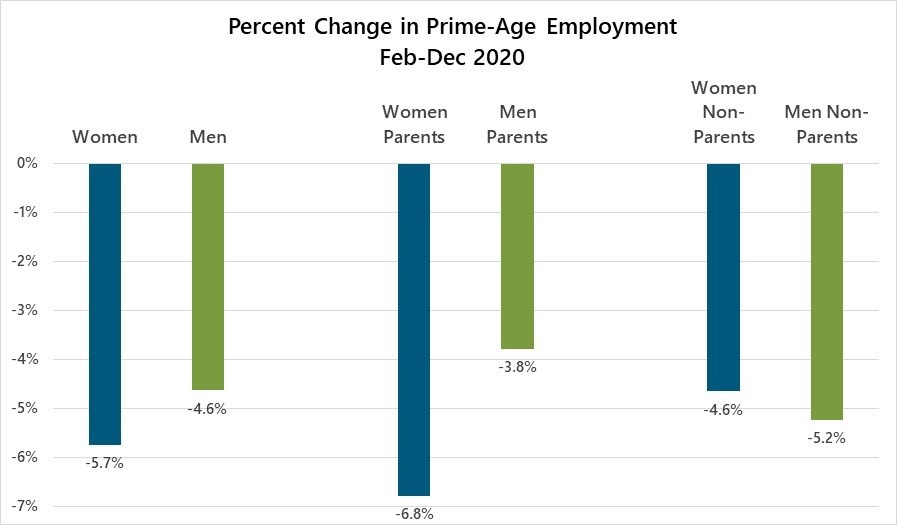Report on Systemic Failures in Alameda County’s Foster Care System and Alignment with Sustainable Development Goals
1.0 Introduction and Audit Mandate
An audit of Alameda County’s Department of Children and Family Services (DCFS) was initiated in 2024 by State Sen. Aisha Wahab following persistent and severe concerns regarding the welfare of foster youth. The audit addresses systemic failures that compromise the safety and well-being of vulnerable children, directly impacting the region’s progress toward key United Nations Sustainable Development Goals (SDGs). The request highlights a critical need for institutional accountability and reform.
2.0 Rationale for Investigation
The audit was prompted by what Sen. Wahab described as clear systemic failures within the Social Services Agency. The primary concerns cited include:
- A history of unresolved issues within the DCFS.
- A lack of effective administrative planning to support foster youth with complex needs.
- Failure to uphold the government’s basic duty of care, which is fundamental to achieving SDG 16 (Peace, Justice and Strong Institutions).
3.0 Case Studies Highlighting Institutional Deficiencies
Several high-profile cases underscore the critical nature of the DCFS’s shortcomings. These incidents demonstrate a pattern of failure to act on repeated warnings, resulting in tragic outcomes that violate the principles of SDG 3 (Good Health and Well-being).
- Sophia Mason (d. 2022): An 8-year-old child died despite multiple prior warnings of physical and sexual abuse. A social worker reportedly dismissed documented medical evidence of bruising and possible cigarette burns as unfounded approximately six months before her death.
- Mariah Mustafa (d. 2015): A 3-year-old child died from a fatal methamphetamine overdose. This occurred just two weeks after she had been hospitalized for ingesting the same substance and was subsequently returned to the same foster home.
4.0 Analysis of Failures in the Context of Sustainable Development Goals (SDGs)
The operational deficiencies within Alameda County’s DCFS represent a significant setback for the achievement of several core SDGs. The system’s inability to protect its most vulnerable population undermines local and global commitments to sustainable and equitable development.
- SDG 16: Peace, Justice and Strong Institutions: The repeated failures of the DCFS to protect children from harm indicate a critical weakness in a public institution tasked with ensuring justice and safety for a vulnerable population. The lack of accountability contravenes the goal of building effective and responsible institutions.
- SDG 3: Good Health and Well-being: The deaths and documented abuse of children in the county’s care are a direct violation of their right to health, safety, and well-being. These outcomes highlight a failure to provide essential protective services.
- SDG 10: Reduced Inequalities: Foster youth represent a marginalized and vulnerable community. The systemic failures disproportionately affect these children, exacerbating existing inequalities and denying them the opportunity to thrive.
5.0 Official Responses and Commitments to Reform
In response to the audit, officials have acknowledged the severity of the situation and outlined steps toward reform. Alameda County Board of Supervisors President David Haubert stated that foster youth are among the most vulnerable members of the community and committed to the following actions:
- Accelerating the hiring of new personnel.
- Implementing effective and timely training for staff.
- Enforcing accountability for performance standards.
Sen. Wahab, a former foster youth, emphasized that the audit is a “call to action” to urgently rebuild trust, deliver accountability, and ensure every child receives the support and protection necessary to thrive.
6.0 Preliminary Findings and Conclusion
Initial audit data indicates some operational success, with the department meeting the 24-hour investigation standard for nearly 90% of immediate danger referrals. However, the catastrophic failures in specific cases demonstrate that procedural compliance does not equate to effective child protection. The audit’s findings confirm the urgent need for comprehensive reform to align the county’s child welfare system with its fundamental responsibilities and its commitment to the Sustainable Development Goals.
Analysis of Sustainable Development Goals in the Article
1. Which SDGs are addressed or connected to the issues highlighted in the article?
- SDG 16: Peace, Justice and Strong Institutions: The article’s central theme is the failure of a public institution, the Alameda County Social Services Agency, to perform its duties. It discusses “systemic failures,” a “lack of administrative planning,” and the need for accountability and trust-building, which are core components of SDG 16. The call for an audit and reform directly addresses the goal of building effective and accountable institutions.
- SDG 3: Good Health and Well-being: The consequences of the system’s failures are severe health outcomes for children. The article explicitly mentions the “2022 death of 8-year-old Sophia Mason” following missed warnings of “physical and sexual abuse,” and the “2015 fatal overdose of 3-year-old Mariah Mustafa.” These cases highlight the direct link between the social services system and the physical and mental well-being of children in its care.
- SDG 10: Reduced Inequalities: The article focuses on “foster youth,” who are described as “some of the most vulnerable people in our community” and “children in vulnerable situations and vulnerable communities.” The failure of the government to provide its “most basic duty of care” to this specific group represents a failure to protect and support a marginalized population, thereby exacerbating inequality.
2. What specific targets under those SDGs can be identified based on the article’s content?
-
Under SDG 16: Peace, Justice and Strong Institutions
- Target 16.2: End abuse, exploitation, trafficking and all forms of violence against and torture of children. The article directly addresses this target by detailing cases of child abuse and neglect. The death of Sophia Mason after reports of “possible physical and sexual abuse” and the fatal overdose of Mariah Mustafa are stark examples of the violence and harm that the system failed to prevent.
- Target 16.6: Develop effective, accountable and transparent institutions at all levels. The request for an audit by State Sen. Aisha Wahab was prompted by “years of issues” and “clear systemic failures” within the Department of Children and Family Services. The entire article is a critique of the institution’s lack of effectiveness and accountability, making this target highly relevant.
-
Under SDG 3: Good Health and Well-being
- Target 3.2: By 2030, end preventable deaths of newborns and children under 5 years of age. The death of 3-year-old Mariah Mustafa from a methamphetamine overdose after being returned to her foster home is a clear example of a preventable death of a child under five, directly aligning with this target.
-
Under SDG 10: Reduced Inequalities
- Target 10.2: By 2030, empower and promote the social, economic and political inclusion of all, irrespective of age… or other status. Foster youth represent a vulnerable group based on their age and status. The article highlights the system’s failure to provide basic protection and support, which is a fundamental aspect of social inclusion and ensuring that the most vulnerable are not left behind.
3. Are there any indicators mentioned or implied in the article that can be used to measure progress towards the identified targets?
Yes, the article mentions and implies several indicators:
- Indicator for Target 16.6 (Effective Institutions): The article explicitly mentions a performance metric used in the audit: the response time for immediate referrals. It states, “For immediate referrals, where youth are in imminent danger, investigations must begin within 24 hours. The audit found that the department met that standard in nearly 90% of cases.” This percentage is a direct indicator of the institution’s operational effectiveness.
- Indicator for Target 16.2 (End Abuse): The article implies the use of case outcomes as an indicator. The “high-profile cases where officials seemingly failed to act despite repeated warnings,” such as the Sophia Mason case, serve as qualitative indicators of the system’s failure to protect children from abuse. Tracking the number of such severe failures or preventable deaths would be a way to measure progress.
- Indicator for Target 3.2 (End Preventable Deaths): The death of 3-year-old Mariah Mustafa serves as a data point for an implied indicator: the mortality rate of children under 5 within the foster care system due to preventable causes like neglect or exposure to drugs.
Summary of Findings
| SDGs | Targets | Indicators |
|---|---|---|
| SDG 16: Peace, Justice and Strong Institutions |
16.2: End abuse, exploitation, trafficking and all forms of violence against and torture of children.
16.6: Develop effective, accountable and transparent institutions at all levels. |
Implied: Number of child deaths or severe harm cases (e.g., Sophia Mason, Mariah Mustafa) resulting from systemic failures.
Mentioned: The percentage of immediate referral cases where investigations were initiated within the 24-hour standard (reported as “nearly 90%”). |
| SDG 3: Good Health and Well-being | 3.2: By 2030, end preventable deaths of newborns and children under 5 years of age. | Implied: The number and rate of preventable deaths of children under 5 in the foster care system (e.g., the fatal overdose of 3-year-old Mariah Mustafa). |
| SDG 10: Reduced Inequalities | 10.2: By 2030, empower and promote the social, economic and political inclusion of all, irrespective of age… or other status. | Implied: The effectiveness of government systems in providing the “most basic duty of care” and protection for vulnerable groups like foster youth. |
Source: kqed.org







